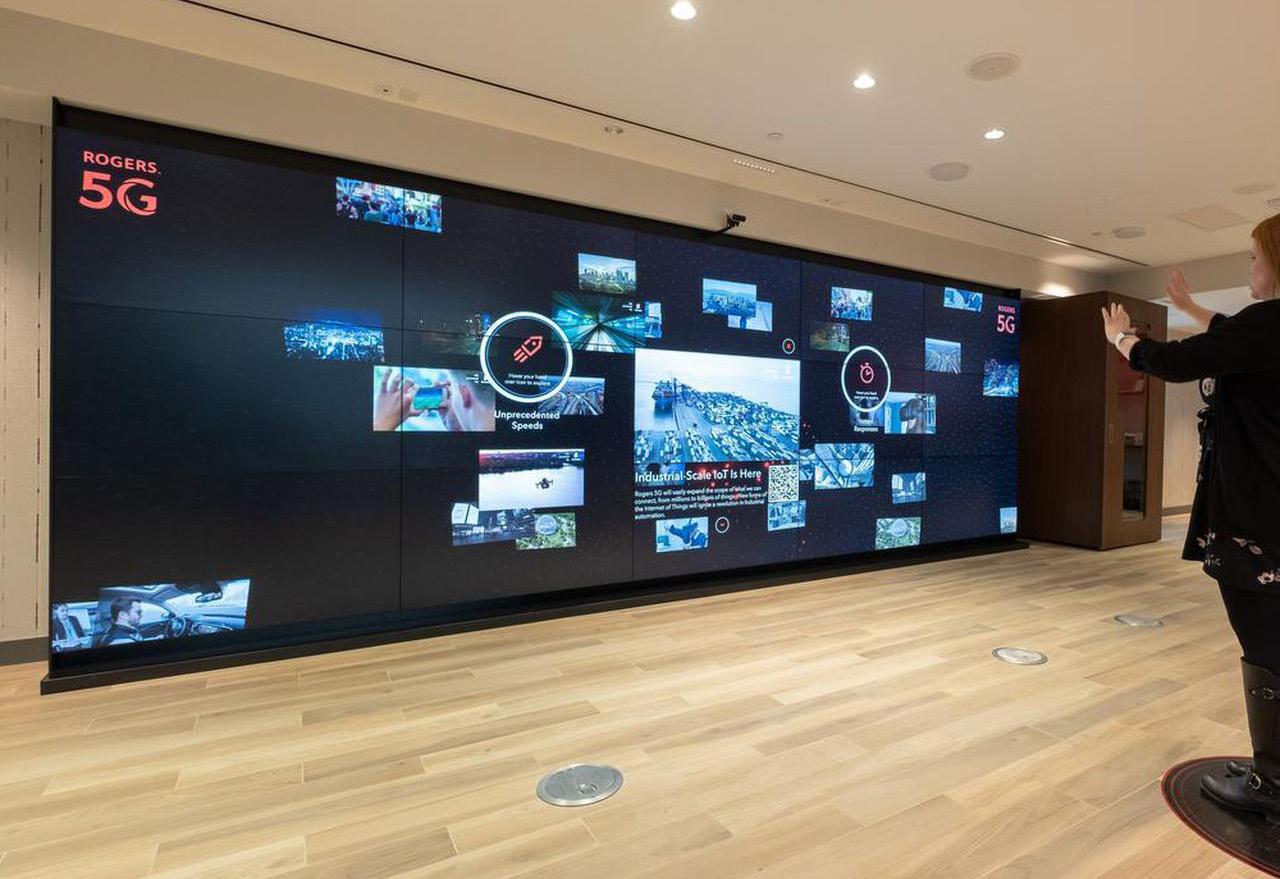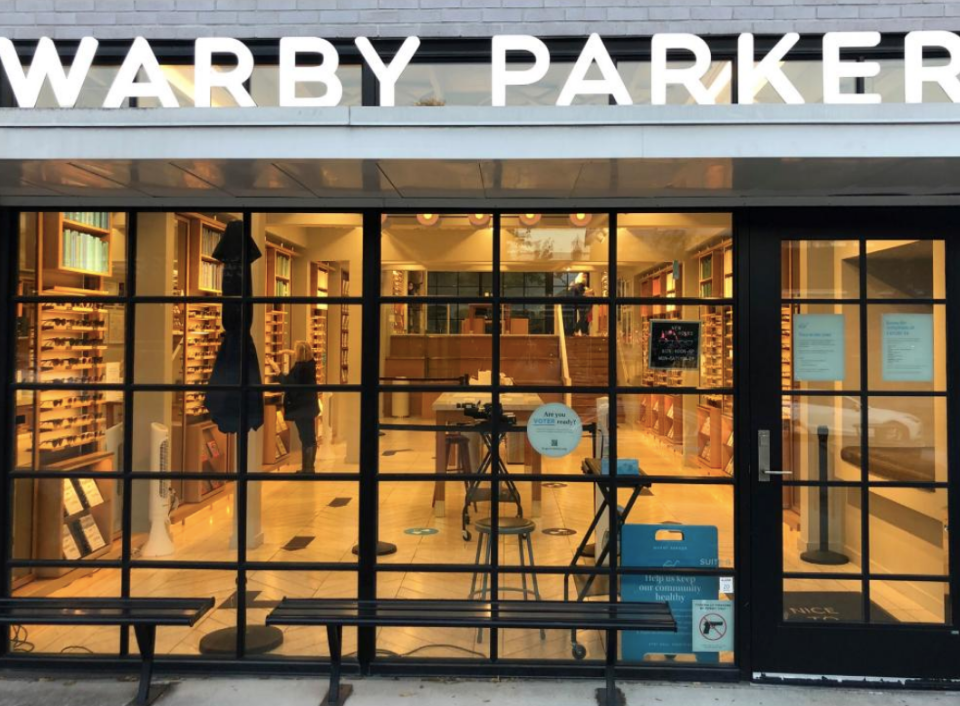Even before the pandemic hit, retail was in the midst of a dramatic transformation, and parts of the industry are now unrecognizable. E-com weakened many companies and, unfortunately, COVID-19 will finish off several. Big names like Neiman Marcus, JC Penney, GNC, Lucky Brand Dungarees, Brooks Brothers, Ann Taylor, Men’s Warehouse, Jos. A Bank, Stein Mart, Century 21 and many others have all recently filed for various versions of bankruptcy protection. A few of those businesses were purchased out of bankruptcy by mall owners like Simon Properties. Other mall owners, like CBL, have filed for bankruptcy themselves.

Billy Reid, Nashville
A January 10, 2020, study by retail advisor dor, reports that the worldwide average retail gross profit margin is 53.33%, and online margins are typically far less. Given this high in-store margin, John Mears, Business Development Manager, EOS Lightmedia, recommends that brands make deeper connections, build relationships and inspire consumers through unique, easy and memorable shopping experiences. Physical spaces need to be innovative to stay relevant, and lighting just may be the answer. Lighting can be used to transform the visual environment and as a tool to guide consumers and create these memorable experiences.
According to a November 22, 2020, Wall Street Journal article, a new trend in retail is fewer SKUs. Coach is cutting its handbag selection in half; Bed Bath & Beyond is reducing its can opener selection by two thirds; and Kohl’s is slimming down women’s apparel styles by 40%. While cutting SKUs may lower costs, fewer products on the shelves are not a reason to visit a store.
One way that lighting can improve retail is with wayfinding. Target is one of the retailers to lead this movement, using Acuity Brands’ Atrius indoor location services that allow Target’s app to locate shoppers in the stores, guide them to products, and send location-based promotions and coupons. Indoor wayfinding is promising but may be more practical with higher-end merchandise.
Bill Plageman, Amerlux’s VP of Marketing and Product Development, said, “The second a customer enters a retail space, a message should be communicated by the lighting design alone. Whether it is the cool sophistication of a luxury retailer or the bright frenzy of a toy store, effective lighting can tell customers the story of what to expect and guide them on their purchasing journey.”
In my hometown of Nashville, I recently visited two stores that typically have lines of customers waiting outside their door. Apple and Ballard Designs sell very different products, but they have a few things in common: high quality products that are relatively expensive and a mastery of the new economy with a strong online presence complemented by unique in-store experiences. Both companies have made shopping an event and their stores are destinations.
Ballard Design has salespeople trained in design, and the Ballard designer recommends products such as furniture and lighting that complement each other. The Apple store salesperson recommends laptops, iPads and iPhones that also complement each other. The stores allow the consumer real-life visuals, and both are selling, to a degree, beauty.
Even before COVID, upper-end markets were moving toward an “Experience Design” model where consumers would visit a specialty showcase venue to be wowed by products that could be purchased either online or in the store.
Cecilia Ramos, Senior Director, Architectural Market at Lutron Electronics, explained the importance of elevating an object with light and bringing value to it. Ramos said that she sees a curation of light leading the consumer through the space and taking a journey where the store dials in the perfect color temperature and creates a visual dance. Ramos said, “People visit stores to touch the brand, not just the product, and light becomes an integral part of that experience.” She explained that a consumer may first see (or eye) a sweater online, and then visit the store to feel it, try it on, and be guided through a clean appealing scenario, which drives impulse and instore purchases.
Ramos went on to say that there are specific color temperatures that are evocative of a brand’s DNA, like Louis Vuitton and their warm leather. She said, “You can almost feel the brand because of the quality of the light.”
The Nike store, in New York City, designed by CallisonRTKL (architect) and Tillotson Design Associates (lighting), features very unique and personalized dressing rooms. The Tillotson team selected Ketra for its flexibility and quality of light needed to offer a dynamic try-on experience. Ketra is used to simulate scenes that people don’t normally experience such as saturated, colored light, adding excitement to the shopping experience. Each room has light settings that can be adjusted from active outdoors to yoga studios to morning light or nightlife—giving a taste of what wearing cutting-edge Nike gear will actually feel like in the real world.

Rogers 302, Toronto Photo credit: Eos Lightmedia Corporation
Bonnie Littman, President of USAI, explained that lighting on the merchandising floor should be different than lighting in the fitting room, bathroom or even in and around display/ testing mirrors, as it is a part of the customer’s purchasing experience from start to finish. She said, “Spotlighting in a display window brings customers in, while specific color-tuning lighting highlights individual products on the selling floor, and warm lighting gives customers a flattering glow while trying on a product in the fitting room. At each step of the way, different lighting fixtures, temperatures and colors are necessary to create dynamic and layered lighting.”
As retailers redesign their stores, lighting is pivotal in enticing customers, as well as integrating wellness features to ensure customers feel safe. In addition to UV disinfection, which we discussed in great detail in our October 2020 issue, grocery and big box stores could install a type of social-distancing LiFi system. Shopping carts could be equipped with sensors that cause ceiling lights to briefly flash if two customers are within six feet of each other. Similar technology exists today with mobile phones but has yet to be implemented in any meaningful way, as many think it is too intrusive.
There is no question that both COVID-19 and the shift towards e-commerce will have a long-lasting impact on the retail in-store experience. For retailers that see this as an opportunity, rather than a death sentence, the future can be a bright one. Stores that have invested in their ‘look’, including well-thought-out lighting, will be the big winners.
Can Lighting fix retail? By itself, no. But given the many tools our industry offers, such as UV disinfecting, wayfinding, social distancing alarms, personalized dressing rooms, and helping stores become a destination, lighting can be and should be, one of the most valuable tools in bringing back retail.
This article originally appeared in the December 2020 issue of designing lighting.



